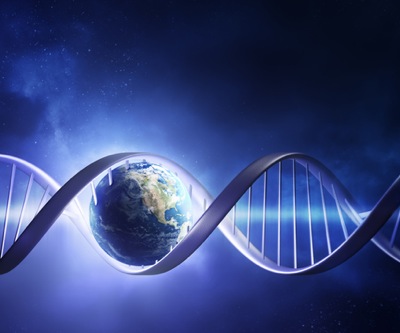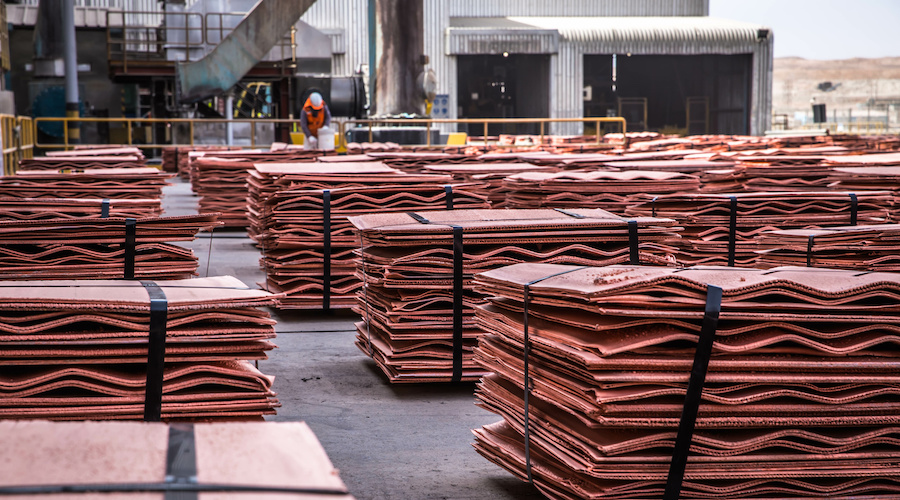Old ore mining yields clues to early life

A team of Canadian and U.S. scientists have provided new insight into how ancient metal-ore deposits can be used to better understand the chemistry of the ancient oceans and, as a consequence, the early evolution of life.
The group, led by PhD student John Jamieson of the University of Ottawa and Prof. Boswell Wing of McGill, analyzed sulphide ore deposits from one of the world’s richest base-metal mines, finding that oxygen levels were extremely low in our planet 2.7 billion years ago.
Their study, published in the December issue of Nature Geoscience (subs. required), also shows that microbes were actively feeding on sulphate in the ocean and influencing seawater chemistry during that geological time period.
The main significance of this research says Boswell Wing, an associate professor in McGill’s Department of Earth and Planetary Science, is that there is now a tool for probing when and where microbes actually came into global prominence.
“Deep within a copper-zinc mine in northern Ontario that was once a volcanically active ancient seafloor may not be the most intuitive place one would think to look for clues into the conditions in which the earliest microbes thrived over 2.7 billion years ago,” Jamieson adds. “However, our increasing understanding of these ancient environments and our abilities to analyze samples to a very high precision has opened the door to further our understanding of the conditions under which life evolved.”
More News
{{ commodity.name }}
{{ post.title }}
{{ post.date }}



Comments
Troll hunter
Ok then:
Truth #1: The following statement is false: “As everyone knows, any probability exceeding 1 chance in 10 followed by 50 zeros is impossible no matter how much time is allotted.”
Truth #2: The following statement only pushes back the question one creator level up: “only a living Creator could achieve the design of the DNA molecule and attendant life-forms”. – who created this living creator?
Fact: I prefer to think of you, Telecomsearch as a gifted troll than an idiot.